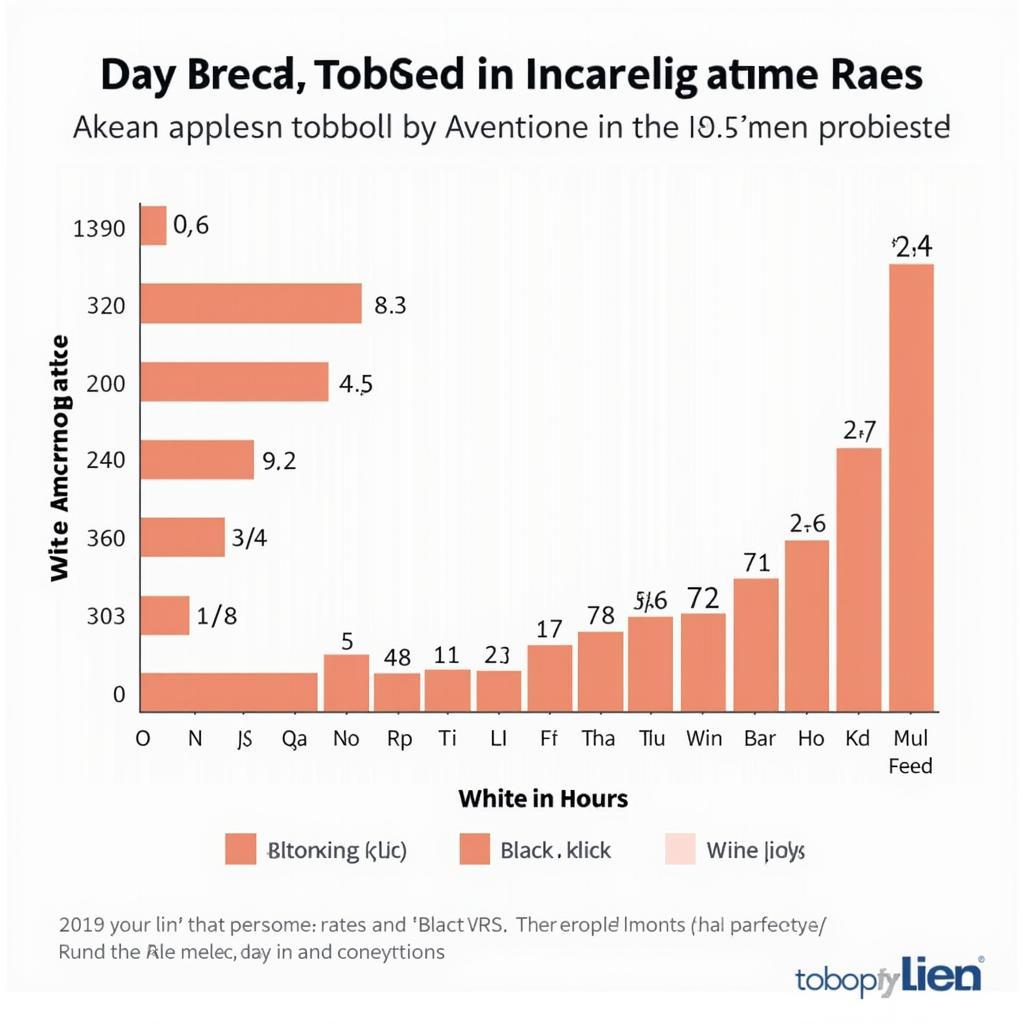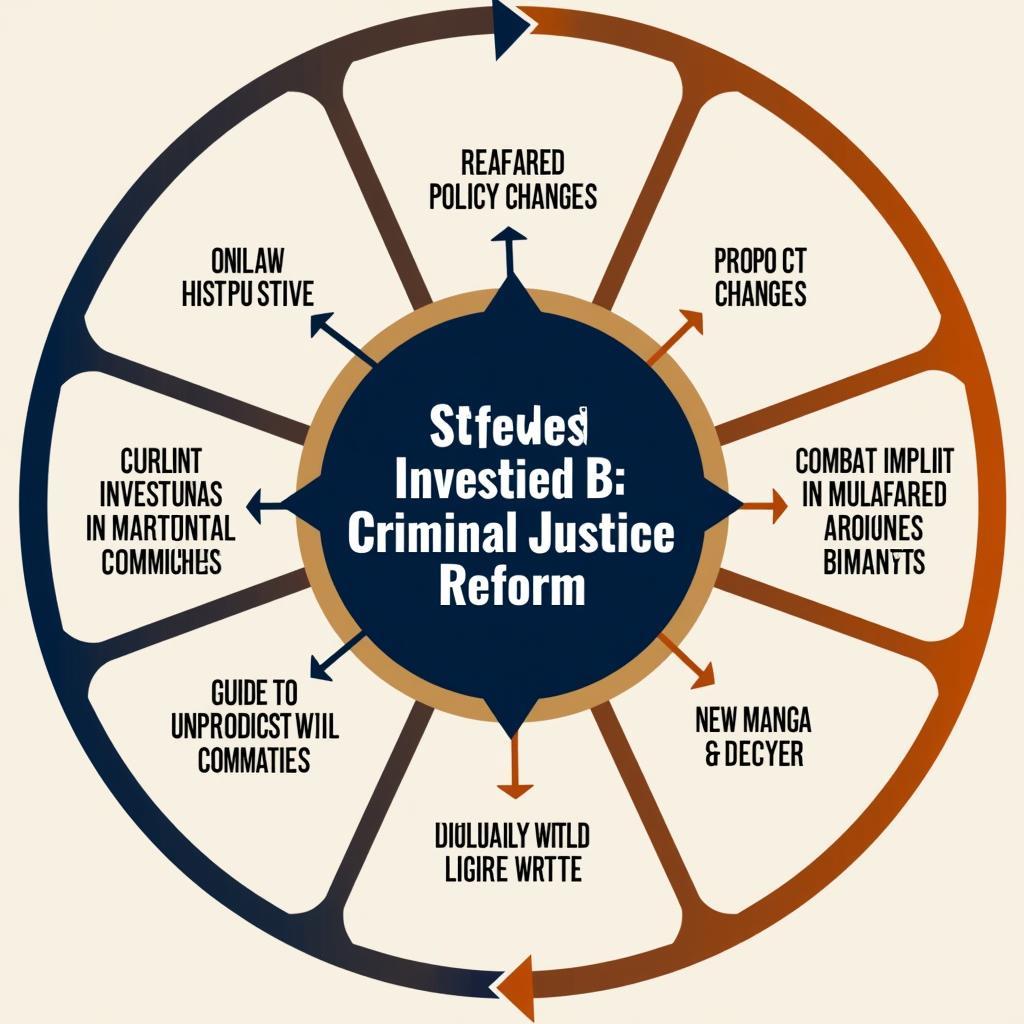African American Incarceration Statistics 2018: A Look at the Numbers
African American incarceration statistics in 2018 painted a stark picture of racial disparities in the US justice system. Though African Americans make up approximately 13% of the US population, they were incarcerated in state prisons at more than five times the rate of whites. This overrepresentation in the criminal justice system has deep historical and societal roots, demanding a closer look at the factors driving these statistics.
Unpacking the Data: Key Findings from 2018
The year 2018 saw a slight decrease in the overall US prison population, yet the racial disparities remained glaringly apparent. Here are some key takeaways from the African American incarceration statistics of that year:
- Disproportionate Imprisonment Rates: African Americans were incarcerated in state prisons at a rate of 1,039 per 100,000 residents, compared to 193 per 100,000 white residents.
- Drug Offenses Disparity: Black Americans were incarcerated for drug offenses at six times the rate of their white counterparts, despite comparable rates of drug use.
- Youth Incarceration: Black youth were more than four times as likely to be detained or committed compared to white youth.
 Racial Disparity in US Prisons 2018
Racial Disparity in US Prisons 2018
Factors Contributing to Disproportionate Incarceration
While the raw statistics are alarming, understanding the complex interplay of factors driving these numbers is crucial. Several interconnected issues contribute to the overrepresentation of African Americans in the criminal justice system:
- Socioeconomic Disparities: Decades of systemic racism have created significant socioeconomic disparities between Black and white Americans. Poverty, lack of access to quality education, and limited employment opportunities are linked to higher crime rates in marginalized communities.
- Racial Bias in the Justice System: Studies have shown implicit racial bias influences decisions made at every stage of the justice system, from arrest to sentencing.
- The War on Drugs: The War on Drugs, with its emphasis on law enforcement rather than treatment, has disproportionately impacted communities of color.
- Lack of Access to Legal Representation: Individuals from disadvantaged backgrounds often lack access to adequate legal representation, putting them at a disadvantage in the courtroom.
Moving Beyond Statistics: Towards a More Just Future
Addressing racial disparities in the criminal justice system requires a multi-faceted approach that tackles systemic issues. Here are potential solutions:
- Criminal Justice Reform: Policy changes, such as sentencing reform, eliminating cash bail for minor offenses, and investing in alternatives to incarceration, can help reduce the prison population and address racial disparities.
- Addressing Socioeconomic Inequality: Investing in education, job training programs, and affordable housing in marginalized communities can create pathways out of poverty and reduce crime rates.
- Combating Implicit Bias: Mandatory implicit bias training for law enforcement and judicial officials can help mitigate the impact of unconscious bias on decision-making.
- Community Policing: Building trust and collaboration between law enforcement and communities can lead to more effective crime prevention strategies.
 Pathways to Criminal Justice Reform
Pathways to Criminal Justice Reform
A Shared Responsibility
The issue of mass incarceration and its disproportionate impact on African Americans is a societal problem that demands attention from all sectors. By understanding the statistics, acknowledging the systemic factors at play, and working towards comprehensive solutions, we can create a more just and equitable society for all.
